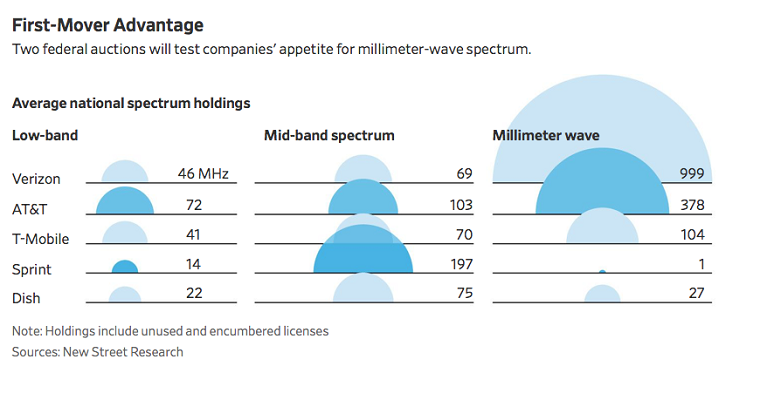“I don’t feel the difference,” says one South Korean user of 5G services. That is not to say there are no use cases for consumer 5G. Another user “notices a difference on the superfast network only when downloading files or images on his phone,” according to a Wall Street Journal report.
But that already seems to be one huge difference between 4G and 5G user experience: 4G provided a noticeable improvement in experience, compared to 3G. Whether the use cases was simple web surfing or entertainment video, 4G was experientially better than 3G.
People used to switch to public Wi-Fi, when possible, because Wi-Fi provided a better experience than 3G. In many cases, that now is reversed, and the mobile network provides a better experience. Most users still rely on Wi-Fi when indoors, sometimes to reduce mobile data consumption, sometimes for performance reasons, sometimes for reasons of coverage (the Wi-Fi signal is stronger than the mobile signal).
Though 5G will generally be faster than 4G, the experiential benefits may not--with the exception of downloading--actually be detectable. That poses a different adoption challenge than did 4G. Where 4G offered a difference users could see, that will not generally be the case for 5G, simply because the applications people use will not benefit from the higher 5G speeds.
So adoption might well be driven by other sources of value, including new devices people want that happen to use 5G; service plan inducements mobile providers will introduce (higher or unlimited usage, for example); prestige in some cases.
Netflix recommends minimum internet access speed of 25 Mbps per stream for viewing 4K video, 5 Mbps for high-definition video. But it also is questionable whether 4K viewed on a smartphone offers resolution a user can actually detect. In other words, 4K is probably not detectable by the human eye.
Virtual reality is the use case where 5G might really matter, but few such use cases are yet common on smartphones.
You might ask “what is the point?” Eventually, 5G will prove its value, if for no other reason than allowing service providers to supply the bandwidth customers want at prices they are willing to pay.
Eventually, other developments, ranging from edge computing to virtual and augmented reality, plus internet of things, eventually will make 5G more compelling, creating use cases and revenue models for device, app and service providers.
Still, for the moment, consumer value will be limited to downloading speed.
